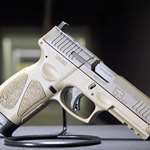
When it comes to clay-shooting sports, there is no shortage of options. For instance, you can partake in trap (including wobble), skeet, 5-Stand Sporting, American Field Sporting, sporting clays and FITASC, among others. Each “game” has its own criteria and directions, as well as target presentations. Those seeking diversity can discount the former two; trap and skeet, though challenging—perfection is demanded to advance in serious competitions—follow a prescribed format and utilize established distances. Of the remaining, the two standouts are sporting clays and FITASC. So what makes them different?
Sporting Clays—An Overview
Imagine giving a course (or target) setter—usually a top-tier competitor himself or herself—unlimited freedom to place and adjust (for speed, angle, etc.) clay target launchers. Essentially, the canvas is blank, and the course setter is the artist. Instead of oils and acrylics, brushes and a palette knife, though, the course setter uses variable, unique terrain features and natural lighting/shade, as well as targets of differing diameters, thickness and color to distract and mislead. Differing distances and angles, especially if different within a pair of targets, neatly deceive the mind.
Targets can mimic retreating, bouncing rabbits; flushing, outward-bound upland birds; and fast-crossing waterfowl, to name a few arrangements—practically any small game you’d hunt will be represented. That is where the origins of sporting clays lie; unlike trap and skeet, the game, which originated in England, sought to replicate field shooting (i.e. hunting). It continues to do this faithfully.
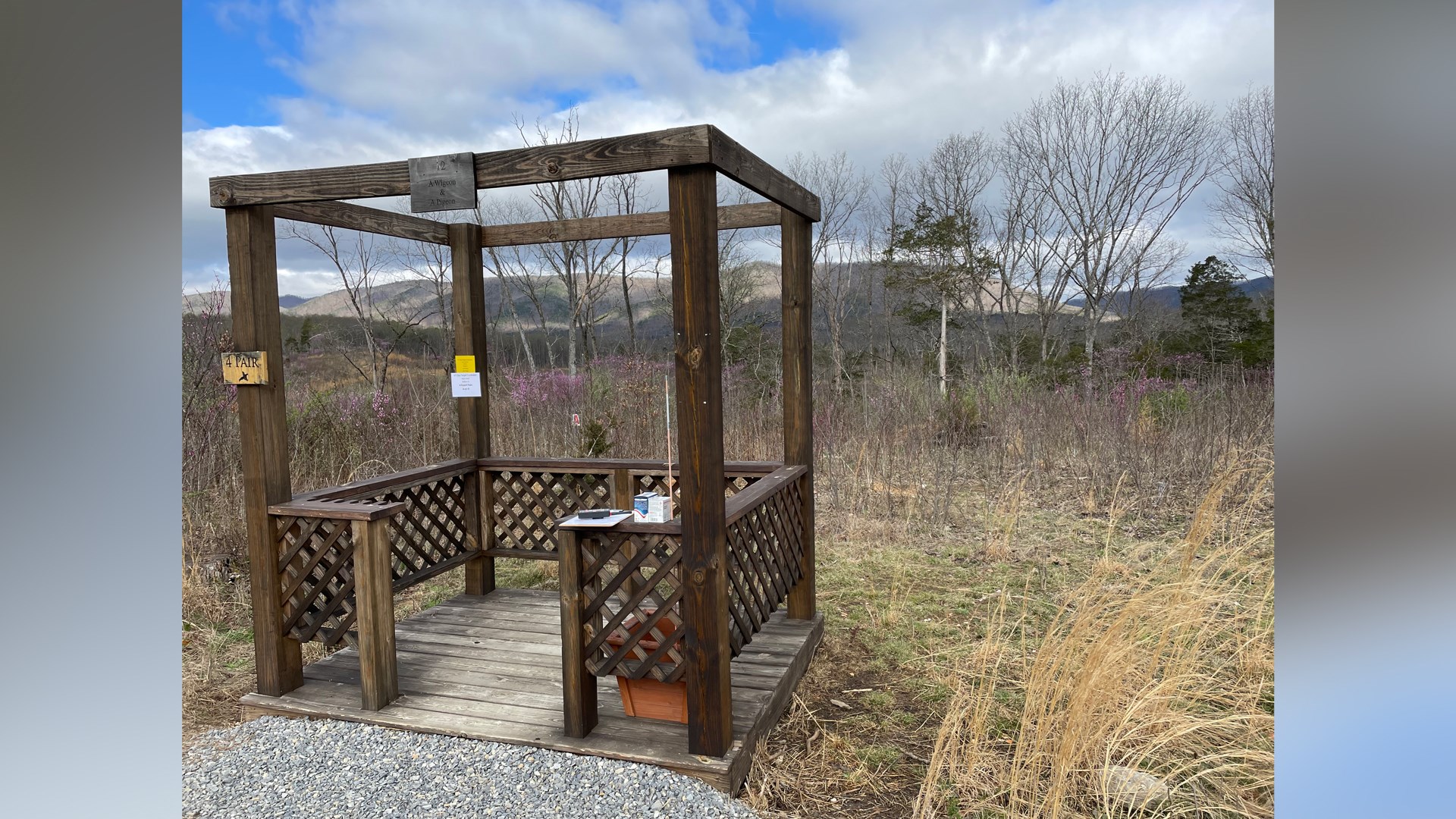
As with golf, no two sporting clays courses are identical, and that is what makes events especially fun. You simply cannot know what is awaiting you—and your competition, if competing—at each station. Every locale is different, and so, too, are the imaginations and experience levels of the target setters. Courses are changed frequently—particularly for National Sporting Clays Association (NSCA)-registered events—to continually challenge shooters.
Target distances, angles and speeds are mysterious to the shooters, making establishing proper lead tough; in fact, only through copious practice will this become subconscious and accurate. Lead isn’t calculated. What’s more, you’ll need to identify the best locations to view (soft and hard focus) and break the first target before transitioning to the second. Accurately reading targets requires rehearsal. That is no different than hunting. For this reason, no one has an outright advantage when stepping onto the sporting clays course; experts and neophytes alike can misread a target and miss. That, and the occasional loss of focus, is why “100 straights” are a rarity in the sport.
“Variety’s the very spice of life, that gives it all its flavour,” penned 18th-century English poet William Cowper. If you subscribe to this adage, sporting clays is for you. And, by competing in NSCA-registered tournaments (more on that shortly), you’ll have access to myriad clubs across the country and will meet like-minded individuals. Finding new friends with a mutual interest is a given. Some of my best acquaintances are ones I’ve met on the sporting clays course.
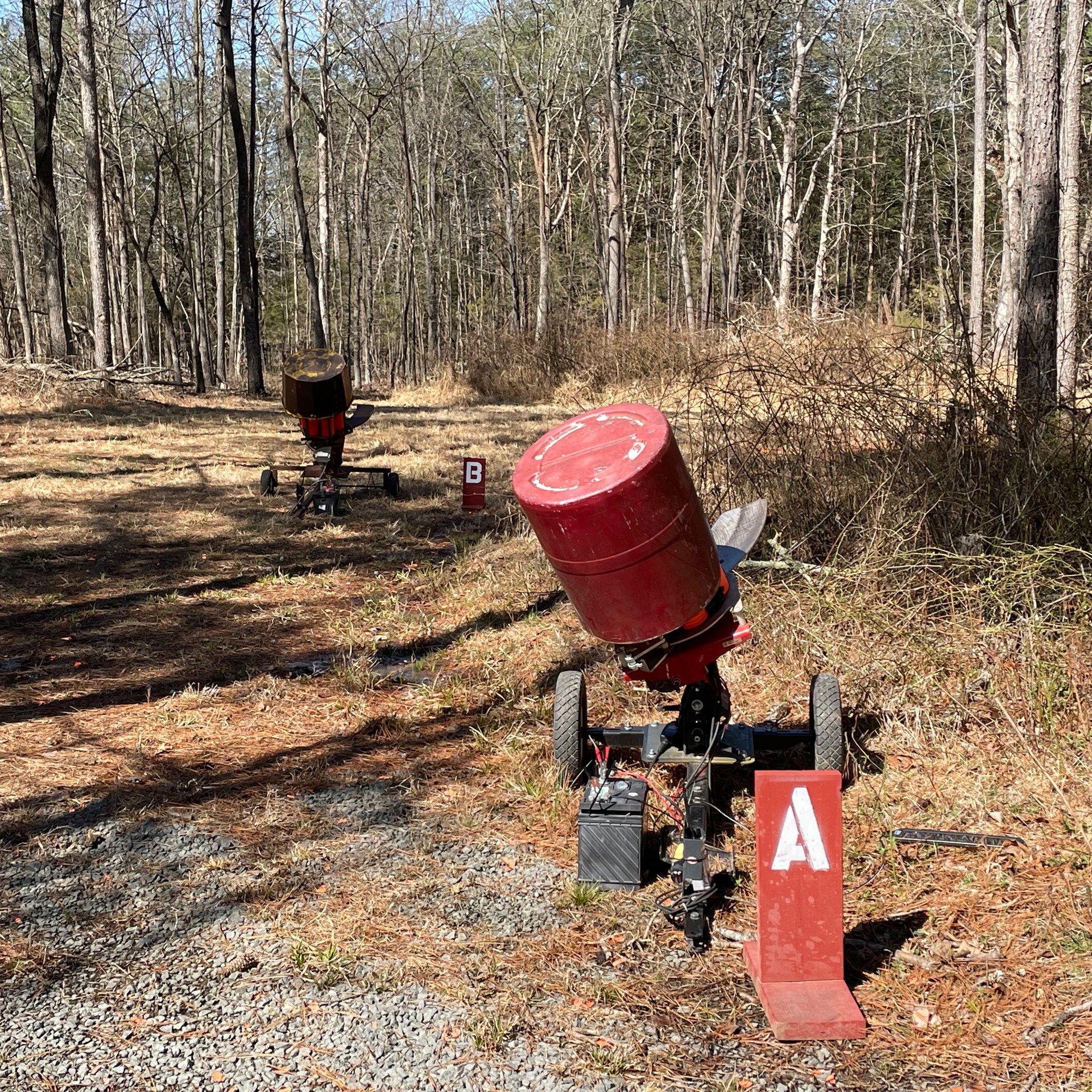
Sporting Clays Course—What To Expect
As with golf, sporting clays follows an established course; instead of holes, though, you have stations. The number of stations is determined by how many “birds” (or clays) are launched at each one. Commonplace are 100-bird courses, with four to eight clays engaged at each. Thus, 13 to 15 stations can be expected. Essentially, that number can be halved for 50-bird courses, which are customary for most sub-gauge competitions. In squadded events at tournaments, the group begins at a specific station and moves in a fixed sequence, while the European Rotation has competitors move from location-to-location as they desire.
Approaching the station, the first person in the three-to-six-man squad (usually rotated) steps up to the platform, which has a shooting window, and calls for the show pair—an example or two of the target presentation. Everyone else watches. These are shown exactly as you’ll engage them and is denoted on a menu nearby for reference. If you’re attending a registered event with trappers (target pullers/scorers), they’ll launch the clays. Sporting clays events—registered or not—without trappers require the group to “pull” their own targets using the remote and score themselves. It’s simple.
Targets are thrown in pairs. With report pairs, the second target is launched within three seconds of the discharge of the shotgun. With simultaneous, or “simo,” pairs, the birds emerge from the throwers at the same time. It’s with the latter that precise target reading, a calm demeanor and fluidity (and thus speed) are essential. The pair is repeated one to three additional times, with up to 20 seconds between them, before you’re done. Once the group finishes, you move to the next station and repeat. Ensure that you keep with the pace of play; don’t dillydally.
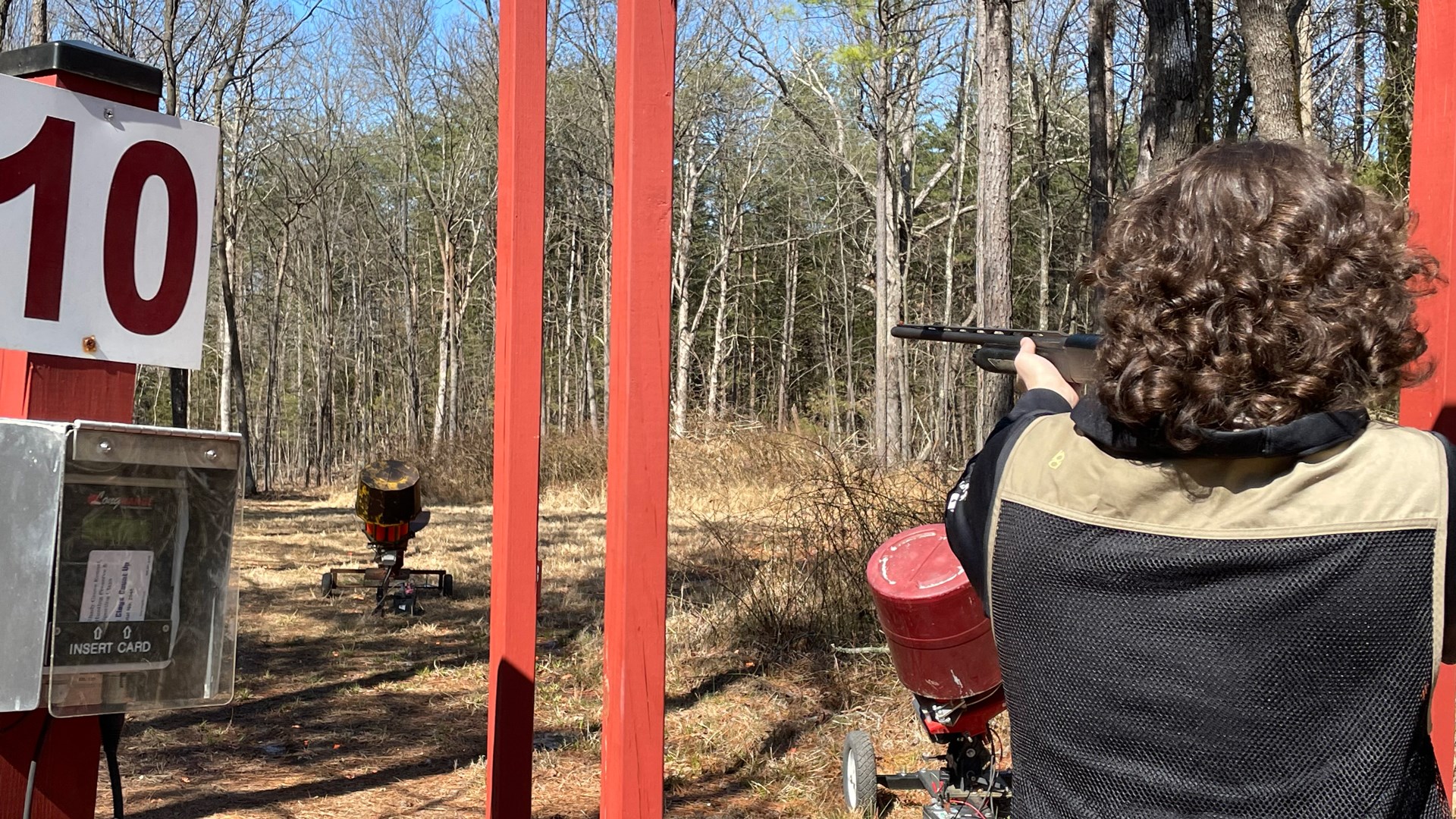
Once you’ve completed the course, it’s time to reflect on the targets you connected with, as well as where you stand to improve. Everyone can do the latter; no one is exempt from improving, and sporting clays can be humbling.
Competition
In the United States, the governing body of sporting clays is the National Sporting Clays Association (NSCA), though membership is only necessary if you want to participate in registered tournaments. Membership is inexpensive, and there are perks. If you’re curious about the difficulty of targets you’ll face when competing, visit a course shortly after a registered sporting clays competition ends. In most cases, the target presentations and menus remain unchanged for a short time. There, you can determine if you’re serious about competing and the commitment it requires.
If you’re feeling competitive, join up. If you partake in registered events, you’ll progress through classes (from E to Master) by attaining “punches.” Think of an electronic coffee rewards card. By scoring in the top tier of your class (or tying), you’ll get a punch (or multiples), depending on the number of competitors and the position you place. The most is four. Earn the required number of punches and you’ll move up. As can be expected, you’ll face increasingly stiff competition as you advance. Make no mistake, nobody rolls over for you. Though you can earn cash and trophies for winning (and placing near the top of your class), the real reward is found intrinsically. One thing is for sure, once the sporting clays bug bites, you’re addicted for life.
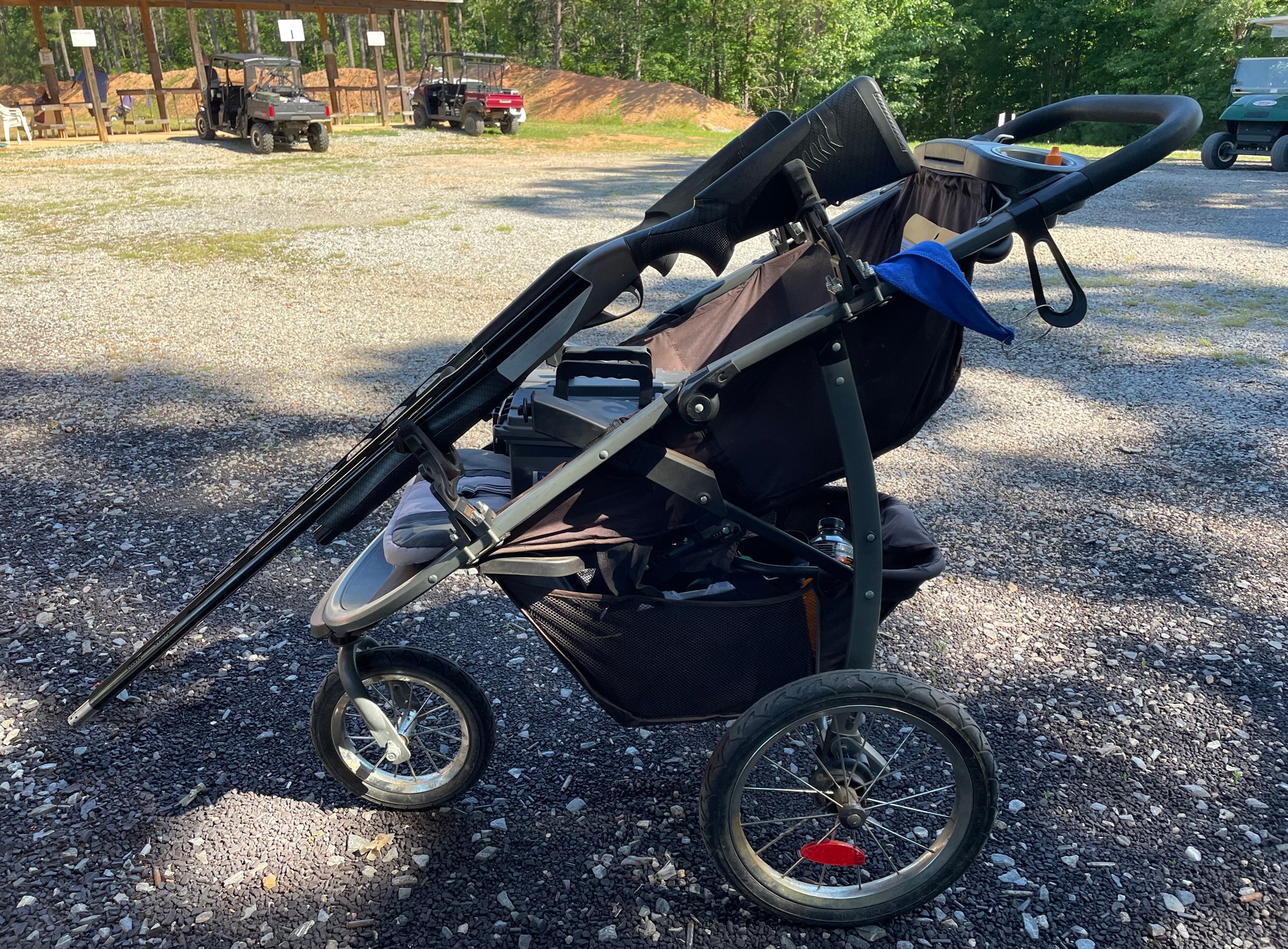
As for equipment, to find consistent success, you’ll need to have a quality semi-automatic or over-under shotgun; pump-action and side-by-side scatterguns, while acceptable, will put you at a distinct disadvantage in most events (other than those dedicated to them). Generally speaking, 12-ga. shotguns are preferred. While smaller sub-gauges can be employed in many events other than those restricted to them, such as a 20-gauge in a main event, course setters are essentially challenging 12-ga. shooters, so you’ll be somewhat handicapped. A 12-ga. over-under has the added versatility of being able to accommodate fitted or drop-in sub-gauge tubes from Briley Mfg. so that you can participate in events for all gauges (12, 20, and 28) and the .410 bore.
Concerning ammunition, there are NSCA-specified rules for shot size and payload. Lead shot cannot be larger than No. 7½, and steel cannot exceed No. 6 in size. Number nine shot is the smallest permissible with both material types. In 12 gauge, the maximum payload is 1 1/8 ozs., while 7/8-oz. loads are the most allowed in 20 gauge. In 28 gauge and .410 bore, the heaviest payloads permitted are 3/4 oz. and 1/2 oz., respectively.
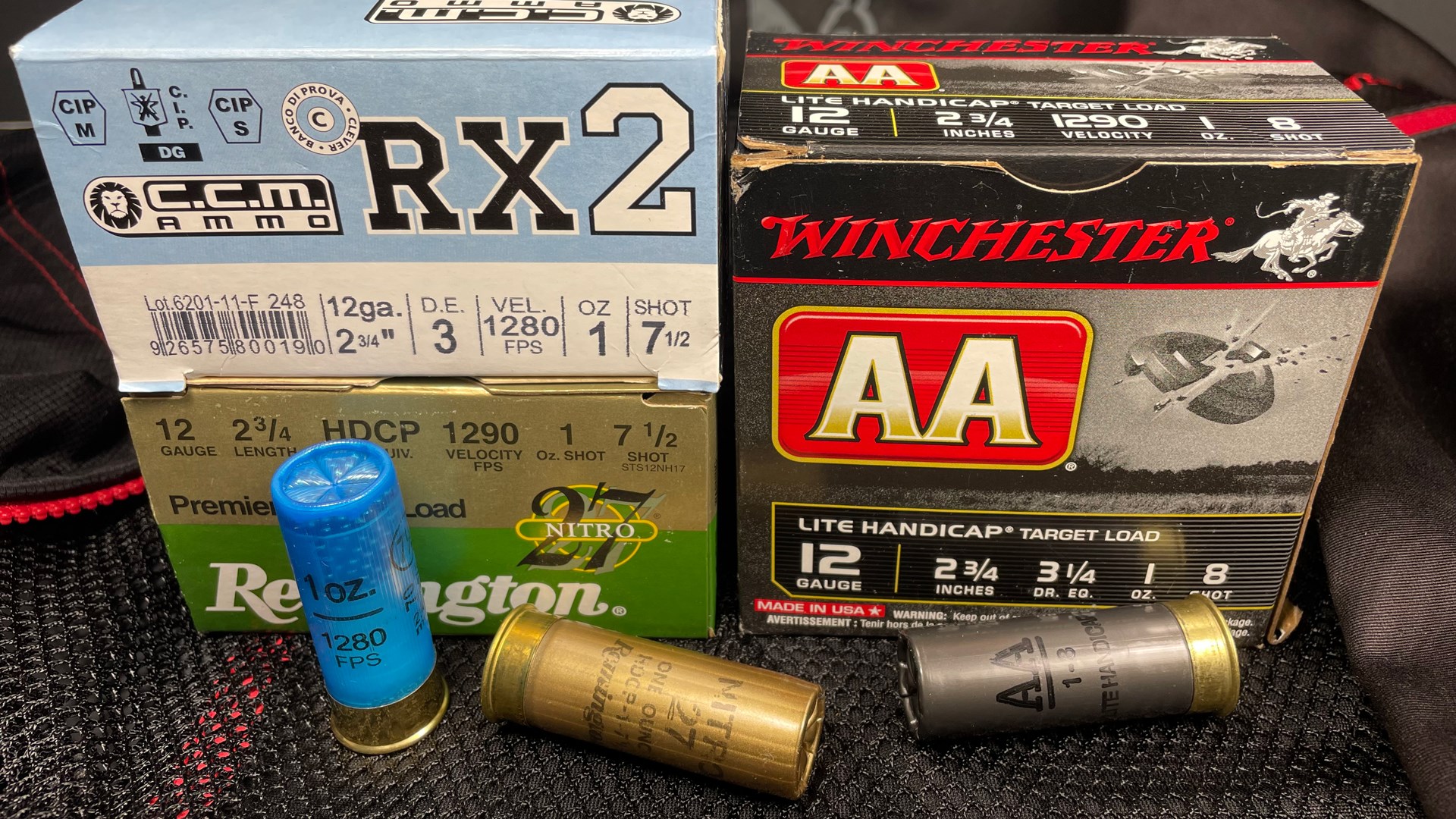
FITASC
According to the NSCA, “The Federation Internationale de Tir Aux Sportives de Chasse (FITASC) is the organization that governs international competition of Parcours de Chasse, a challenging form of sporting clays.” Although FITASC is headquartered in Paris, France, in the United States, it’s governed by the NSCA, and FITASC events are increasingly combined with sporting clays (main, super sporting, etc.) at larger tournaments.
“Sporting is a discipline reproducing hunting situations and practiced with a hunting firearm and artificial targets,” explains the NSCA rulebook about FITASC. “The layouts reproduce hunting trajectories with varied levels of difficulty. [Moreover], “A sporting range must be equipped with enough traps for the competitors to be able to shoot under conditions that resemble natural game shooting as much as possible; partridges, ducks, pheasants, rabbits, etc.” As you can see, FITASC resembles sporting clays, but it differs greatly, too. How?
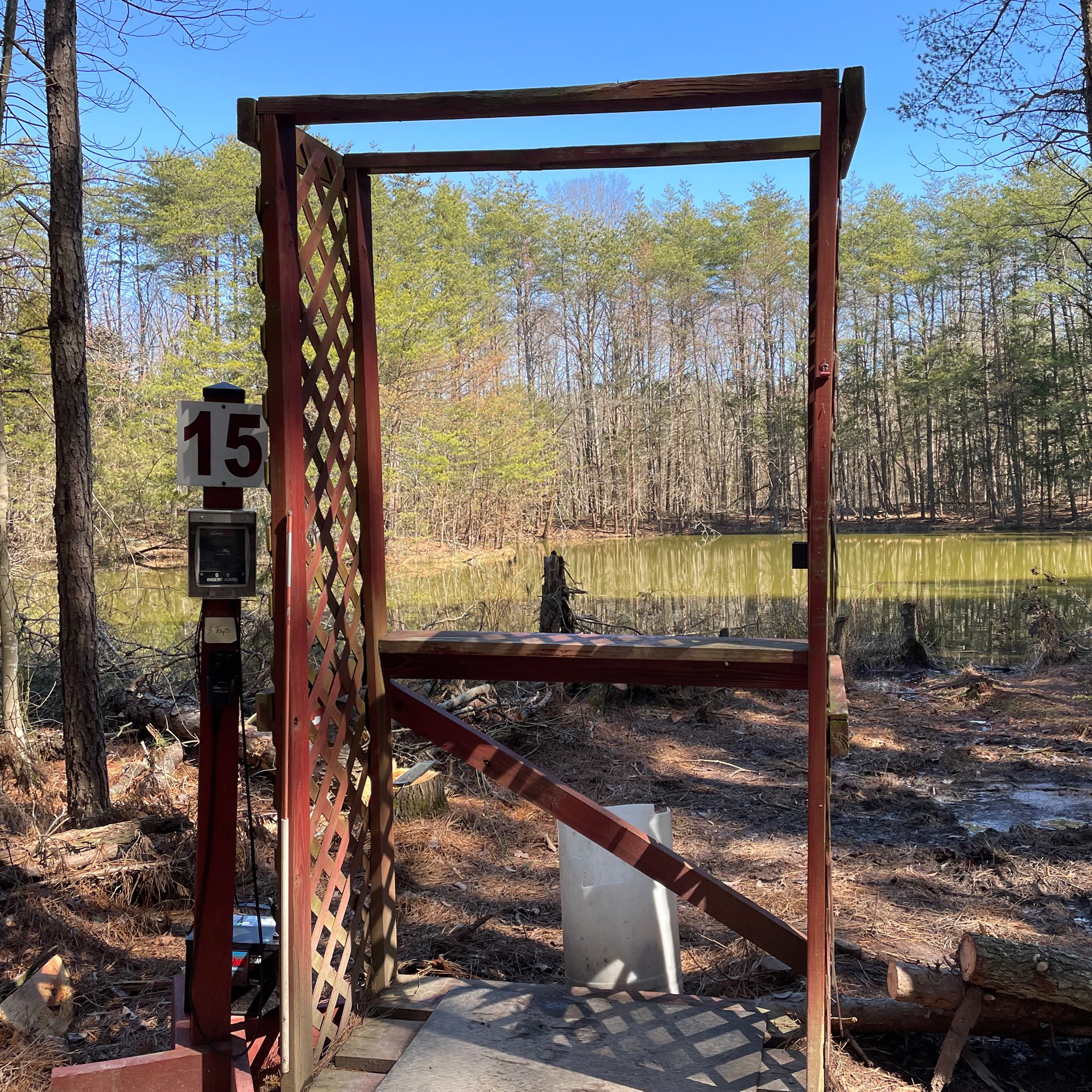
As an example, fields are referred to as “parcours,” with shooters attempting 25 targets on each. Most FITASC events at larger tournaments have 100 targets (four parcours), though 50 to 200 are found, too. While FITASC is primarily a 12-ga. competition, increasingly there are 20- and 28-ga. variants as well. Targets are predominantly of a standard type, though rabbit, midi, battue, flash and zz targets can be used. But the targets must be visible against the background, and targets should neither be too close or too far. Hunting ethics are considered, and it’s not meant to be trick shooting. Still, some challenging targets can be expected. Setters cannot help themselves.
Stepping into the hula-hoop—yes, a child’s plaything—the first shooter calls for each target on the nearby menu to be shown in order. Two of each are thrown. A simo pair will be shown when the time comes, but a report pair never will. Each member of the squad will shoot the single targets first, with two shots being allowed per bird. Fifteen seconds are allowed between targets. Missed targets are identified by the official referee as a “0,” while hits are a “kill” or “1.” Once everyone finishes with the singles, the batting order continues for doubles, with the second man leading off. Everyone will eventually. Shooters then progress to the next hula-hoop, and the process is repeated again. Because of tight scheduling, movement at FITASC events is fluid and fast. I appreciate that.
A set number of target throwers is used on a parcour; however, because of the changing position of the shooters (due to placement of the hula-hoops), target presentations fluctuate. For instance, a target that was previously perpendicular could now quartering away or toward. Targets may get closer or further, or you have more or less of the target exposed. That is what makes FITASC challenging and appealing.
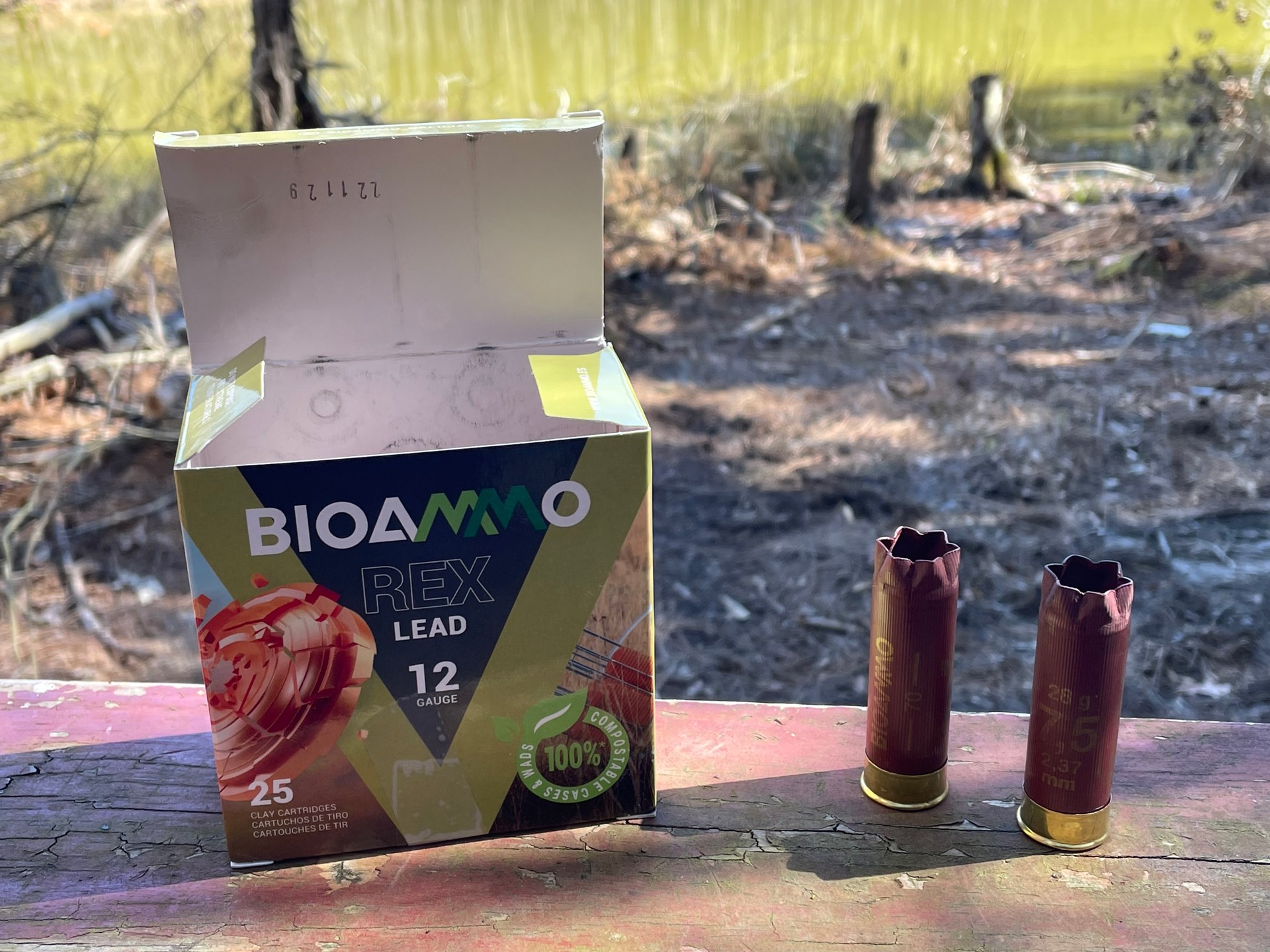
FITASC has more rules for the competitor than does normal sporting clays. To ensure fairness, only factory ammunition is permitted, and in 12-gauge, the maximum payload is 28 grams (1 oz.). And, yes, the referees ask to see your ammunition to confirm compliance. Frankly, that’s an ample amount of pellets for any target in FITASC or sporting clays. Forget the spreaders, too, as they’re not allowed. Your shotgun must have at least a 66 cm (25.98”) barrel.
Be prepared to receive a chalk line on your shirt, coat or vest. Why? FITASC requires a shooter to hold his or her gun with the rear point of the highest point of the stock beneath a line 25 cm below the axis of the shoulder (basically beneath the armpit) until the target is visible. No, you cannot raise the gun when you hear the launch. If you do, you’ll receive a warning. But, on a pair, the gun can remain shouldered when engaging the second bird.
FITASC isn’t available at every sporting clays course or registered event (it’s offered at many NSCA-registered events and your membership works for it, too); after all, a trained referee is required. That also adds to the cost. In general, you’ll pay significantly more to shoot FITASC. But the tightly held schedule, referee and challenging-yet-realistic targets make it my preferred game. So, too, is it for others, and that is why FITASC events fill up fast.
If you’re interested in competing, need to prep for hunting season, or dread the monotony of skeet and trap, you should give sporting clays or FITASC a try. Caution though, it’s addictive.
























